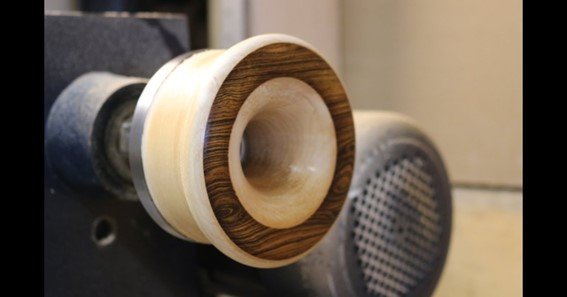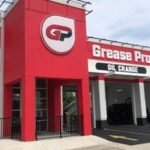The high-pass horn design is a fundamental aspect of audio engineering, particularly when it comes to focusing and amplifying high-frequency sounds. In audio systems, a high-pass horn combines the benefits of a horn’s acoustic amplification with the function of a high-pass filter, allowing only high frequencies to pass while reducing low-frequency noise.
This design is crucial in environments where clarity and directional control of sound are required, such as concerts, public address systems, and even outdoor venues.
Understanding High-Pass Horn Design
A high-pass horn works by attaching a horn structure to a driver, which enhances the volume and focus of sound waves. The horn amplifies the efficiency of sound output by channeling the waves in a specific direction. Simultaneously, the high-pass filter within the design ensures that unwanted low-frequency sounds, which can distort clarity, are filtered out, allowing only crisp high-frequency sounds to pass through.
This makes the design ideal for situations where high-frequency clarity is essential, such as speeches or vocal performances in large venues.
The design of the horn itself also impacts its performance. Different flare rates, shapes, and sizes of horns can influence how sound is projected, with larger horns better suited for lower frequencies and smaller horns excelling in high-frequency ranges.
Optimized high-pass horn designs often feature exponential or tractrix flares to balance between loudness and sound quality.
Applications of High-Pass Horns
High-pass horns are widely used in various professional settings due to their ability to produce clear, directional sound. Their applications include:
- Public Address Systems (PA): High-pass horns are commonly used in PA systems to ensure that announcements are delivered clearly and across long distances.
- Concerts and Outdoor Events: Their ability to direct sound without distortion makes them perfect for large-scale outdoor performances.
- Emergency Systems: High-pass horns are vital in emergency communication systems due to their ability to cut through background noise and deliver clear, urgent messages.
Conclusion
In conclusion, high pass horn design plays a crucial role in achieving efficient sound projection and clarity in audio systems. By focusing on the proper balance between frequency response, efficiency, and physical design, this technology ensures enhanced performance, particularly in professional and outdoor sound applications.
With careful attention to the horn shape, throat size, and driver compatibility, a well-executed high pass horn design can deliver unmatched sound quality, making it a preferred choice for audiophiles and sound engineers alike.
FAQ
1. What is a high-pass horn used for?
High-pass horns are used to amplify and direct high-frequency sounds while filtering out lower frequencies, making them ideal for environments that require clear, focused sound, such as public announcements or concerts.
2. How does a high-pass filter work in a horn?
The high-pass filter in the horn design allows only high-frequency sounds to pass through, while attenuating lower frequencies. This ensures clarity by reducing unwanted bass or noise that could distort the sound.
3. What environments benefit most from high-pass horn designs?
High-pass horns are especially beneficial in large outdoor spaces, public transportation hubs, and concert venues where the direction and clarity of sound are critical.
4. How does the horn shape affect sound projection?
The shape of the horn determines how sound is dispersed. Exponential horns, for example, can provide louder output, while conical horns are better at maintaining sound accuracy with minimal distortion.
5. Are high-pass horns used in home audio systems?
While high-pass horns are more commonly seen in professional settings, they can also be found in specialized home audio systems where high-frequency sound reproduction is prioritized.
By carefully designing and implementing high-pass horns, audio engineers can significantly improve sound clarity and efficiency in various applications, from large public events to emergency systems










